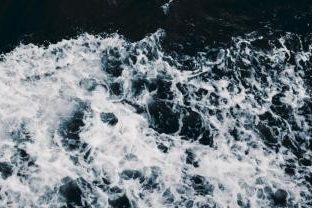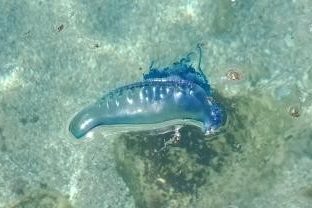
Observing System Simulation Experiments (OSSEs) are a recent innovation in ocean modelling, adapted from meteorology, that use synthetic ocean observations to inform future observational strategies, e.g. an artificial temperature record from a ‘toy’ glider or sea-surface height observations from a future satellite.
By assimilating these synthetic observations into a numerical model, we’ll investigate how well the data stream improves the model estimates, thus guiding future observing strategies.
In this project, we will perform OSSEs to provide valuable support for the next generation of high-res ocean observing systems, both in Australia (through IMOS) and Internationally. An international example is NASA’s Surface Water Ocean Topography (SWOT) mission, a ground-breaking future satellite to be launched in 2021. SWOT will use pioneering wide-swath radar interferometry to measure ocean features as small as 2km — more than ten times the resolution of current technologies. By comparing simulated SWOT observations with the model “truth”, we will establish a valuable baseline for calibration and validation of real SWOT data once it is launched in 2021. This project will be co-supervised by Dr Shane Keating (UNSW), Moninya Roughan (UNSW), Dr Colette Kerry (UNSW) and Dr Patrice Klein (NASA Jet Propulsion Laboratory).




